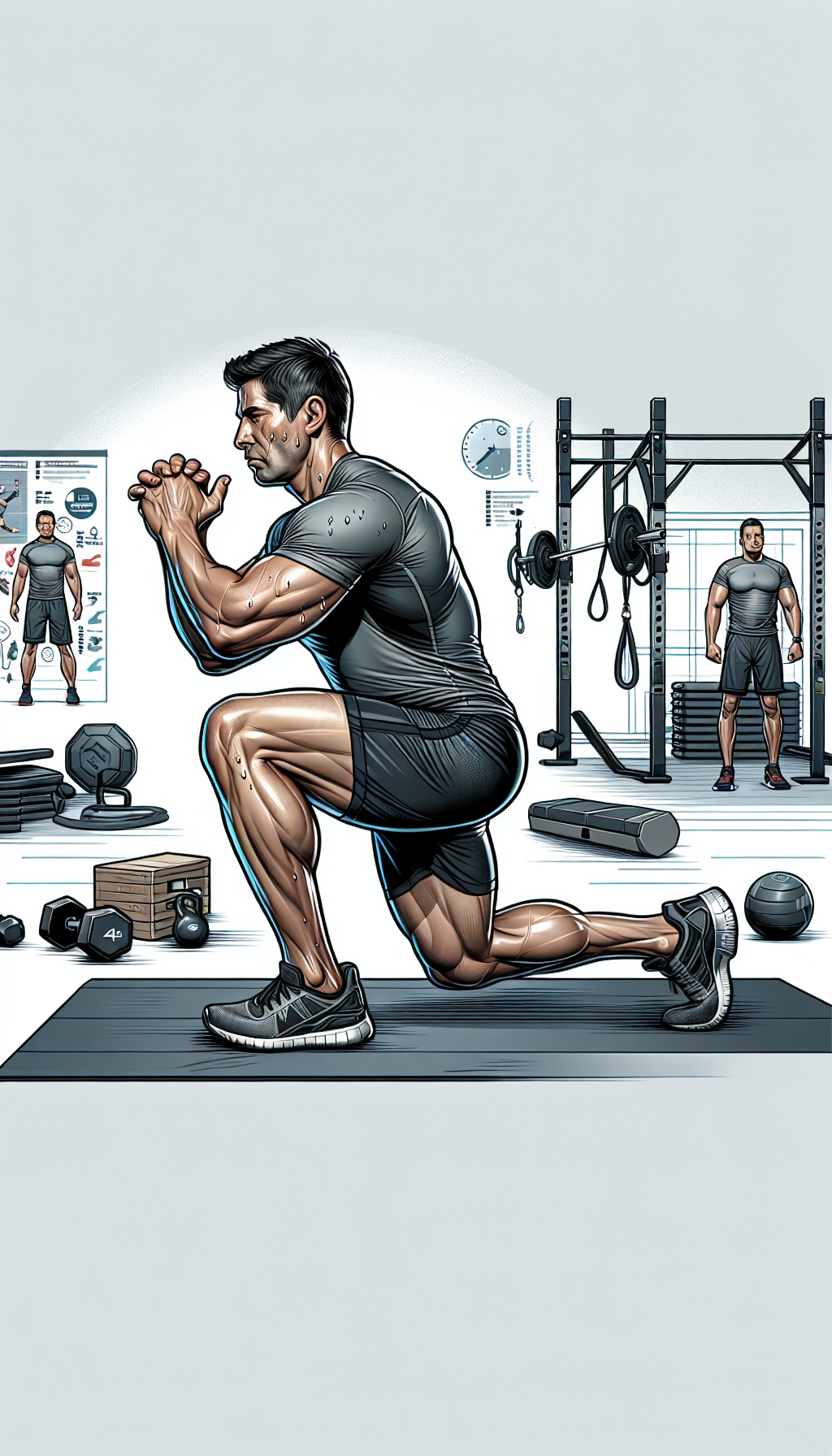Functional training exercises are a cornerstone of a well-rounded fitness regimen, designed to prepare your body for real-life activities and movements. Unlike traditional strength training that may focus on isolated muscles, functional exercises involve multiple joints and muscles working together, mimicking the way your body naturally moves. This approach not only enhances performance in sports and daily tasks but also contributes to overall well-being and injury prevention.
The Philosophy of Functional Fitness
The human body is an intricately connected system, designed for complex movement. Functional fitness taps into this design, emphasizing movements that are integral to everyday life, such as squatting, reaching, pulling, and lifting. These exercises improve your body’s ability to work efficiently as one unit, leading to better balance, agility, and coordination.
For those new to functional training, it is essential to begin with a solid foundation of core strength. The core is the body’s center of gravity and is involved in virtually every movement. Strengthening your core can have far-reaching effects on your overall fitness and can be particularly beneficial for athletes. For an in-depth look at core strength, consider reading "Understanding the Benefits of Pilates for Core Strength" which offers valuable insights into enhancing core stability.
Key Functional Exercises to Incorporate
Squats
Squats are a fundamental functional exercise, as they replicate the motion of sitting and standing, a common movement pattern. They engage the glutes, quadriceps, hamstrings, and core, offering a comprehensive lower body workout.
Push-Ups
Push-ups engage multiple muscle groups across the body, including the chest, shoulders, triceps, and core. They simulate pushing movements encountered in daily activities and enhance upper body strength.
Lunges
Lunges are another multi-joint exercise that mimics the action of stepping forward or backward, engaging the hips, glutes, and thighs. They improve balance and coordination, making them an essential part of functional fitness.
Deadlifts
Deadlifts are powerful exercises for developing strength in the back, glutes, and legs. They mimic the motion of lifting heavy objects from the ground, a practical movement pattern for everyday life.
Rotational Movements
Exercises that involve rotation, such as medicine ball throws or Russian twists, are crucial for a functional training program. They strengthen the obliques and improve the body’s ability to pivot and twist, which is particularly important for athletic performance.
Integrating these exercises into your routine can help create a balanced fitness program. For further guidance on designing an effective workout plan, visit "Creating a Balanced Fitness Program for Holistic Health."
Functional Training and Injury Prevention
Functional exercises can play a significant role in injury prevention. By simulating common movements, these exercises prepare the body to handle physical stresses more efficiently. For example, a strong core can protect the lower back from strain, while improved balance can reduce the risk of falls.
To understand the role of fitness in preventing health issues, explore the article on "The Role of Fitness in Disease Prevention," which covers how regular exercise can ward off various diseases.
Tailoring Functional Training to Individual Needs
Functional training should be customized to fit an individual’s lifestyle and goals. For instance, a desk worker might focus on exercises that combat the effects of prolonged sitting, while a construction worker might prioritize movements that support lifting and carrying.
When constructing a personalized fitness plan, avoid getting caught up in fads and trends. Instead, concentrate on what works best for your body and goals. For insights, read "Personalized Fitness Plans vs. Popular Fitness Trends."
External Resources for Deepening Your Understanding
To further enrich your knowledge of functional training, consider the following external resources:
- National Strength and Conditioning Association – A comprehensive guide on functional movement systems, providing a scientific approach to understanding and implementing functional training.
- American Council on Exercise – An article detailing the principles of functional training, offering insights into how to structure workouts for maximum efficiency and safety.
- Physical Therapy Journal – Research on the efficacy of functional exercises for injury prevention, highlighting the importance of movement quality in training.
Incorporating functional training into your routine is a strategic move towards a fitter, more capable body, ready to tackle the demands of everyday life. By focusing on practical movement patterns and tailoring exercises to your individual needs, you can achieve a holistic approach to fitness that supports your overall health and well-being.



